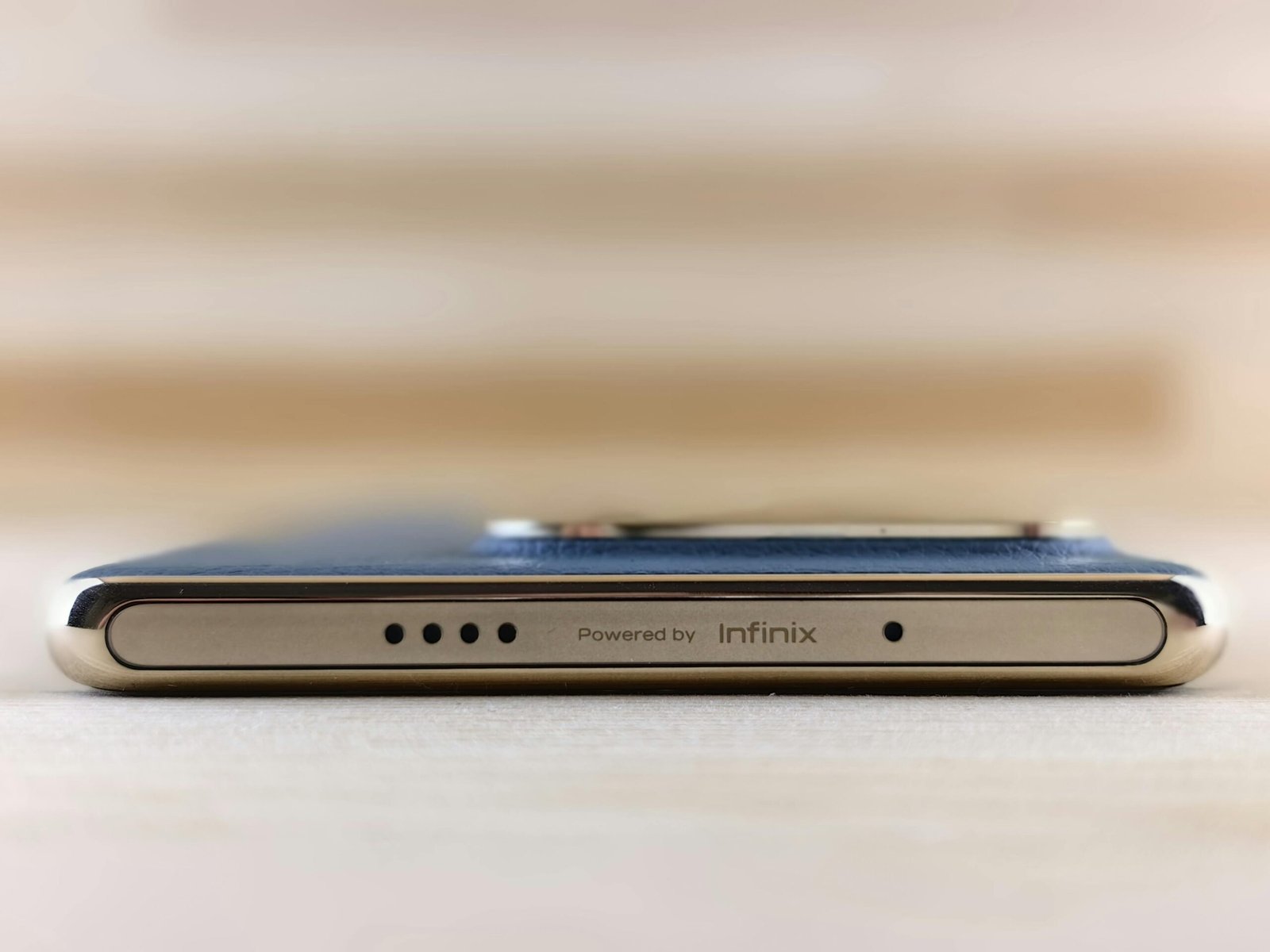In a world full of pop-ups, push notifications, and over-the-top sales copy…
Sometimes, the most powerful message is the one you don’t send.
Welcome to the rise of minimalist communication in user experience (UX) — where clarity beats clutter, silence adds weight, and less truly means more.
In this guide, we’ll explore:
- Why minimalist messaging boosts conversion
- How brands are using strategic silence to build trust
- Real-world examples from Apple to Airbnb
- And what psychology says about how users respond to clean communication
Let’s dive into how Silence That Sells is becoming one of the strongest tools in modern digital marketing — and why sometimes, saying nothing at all speaks volumes
The Psychology Behind Less Is More in Digital Experience
Consumers today are overwhelmed with information.
According to Nielsen Norman Group , the average web user scans pages in under 15 seconds — making decisions based not just on content, but on emotional comfort and visual calm .
And when it comes to selling online…
The best messages aren’t always the loudest — they’re the clearest.
Insight: Cognitive Load Affects Conversion
Research published in Journal of Consumer Research shows that excessive text, flashy CTAs, and aggressive copy increase cognitive load — making users feel stressed instead of engaged.
Minimalism reduces friction.
It builds trust.
And it lets your product — or brand — speak for itself.
Because in UX design, what you remove matters as much as what you keep
5 Ways Minimalist Communication Builds Better User Experience
Here’s how silence — and simplicity — can actually sell better than noise.
1. It Reduces Decision Fatigue
Too many options = paralysis.
Too many words = hesitation.
Minimalist UX removes clutter — and gives space for decision-making.
Example:
“Don’t miss out! Limited stock! Buy now before it’s gone!”
“Just one left. Want it?”
One feels urgent — the other feels inviting.
And users respond to invitation , not pressure.
2. It Builds Trust Through Clarity
A simple, well-designed page with clear value propositions earns credibility faster than a wall of features.
Why? Because people trust what they understand — instantly.
Minimalist communication ensures:
- No confusion
- No jargon
- No hidden fees or vague CTAs
Which makes your brand feel safer — and more reliable.
3. It Makes Every Word Feel Weightier
When every sentence counts, users pay attention.
Minimalist UX uses short, meaningful lines that land harder than long-form persuasion.
Examples:
“You deserve better.”
“This isn’t just a product — it’s peace of mind.”
“No fluff. Just results.”
These aren’t slogans — they’re emotional invitations.
And minimalist communication ensures they’re heard.
4. It Guides Users Without Pushing Them
Aggressive prompts like: 🚫 “Buy now or lose your chance”
🚫 “Limited time offer — only 3 left!”
Feel stressful — not seductive.
Minimalist UX prefers: “Start your journey here.”
“We’ve got you covered.”
“Try it risk-free.”
One creates urgency — the other builds comfort.
And in the world of digital commerce, comfort converts better than panic .
5. It Lets Visuals Do the Talking
Minimalist UX often pairs sparse language with strong visuals — letting images carry emotional weight.
This works especially well for:
- Luxury brands
- Wellness products
- Subscription services
- High-end experiences
Because when your product looks good — and your message doesn’t fight for attention…
Your buyer does the rest.
Real-Life Examples: Brands Selling With Silence
Let’s look at companies that use minimalist communication — and win big in conversion.
Apple – Saying Nothing, Showing Everything
Apple rarely uses bold claims or long descriptions.
Instead:
- Clean interface
- Short headlines
- Strong visuals
- Quiet confidence
Example:
“iPhone 15. Starring you.”
No list of specs.
No bullet points.
Just presence.
Why It Works: Minimalist design builds brand trust — and invites curiosity.
Airbnb – Welcoming Without Overexplaining
Airbnb’s landing pages focus on emotion , not instruction.
They say: “Belong anywhere.”
“Live there.”
“Unique stays.”
No lengthy explanations.
Just a quiet invitation.
Users don’t need to be told what to do — they already know what to feel.
LaCroix – No Bold Claims, Just Personality
LaCroix’s website barely sells flavor — it sells identity.
Their minimalist approach includes: “Zero sugar. Zero calories. All taste.”
“Flavor without guilt.”
No hype.
No influencers.
Just crisp, clever copy.
And yet, they’ve built a cult following — all by speaking softly.
How to Apply Minimalist Communication in Your eCommerce Store
Want to let silence sell?
Here’s how to integrate minimalist UX principles — and make every word count.
1. Use Fewer Words Per Page
Focus on:
- One headline per section
- One CTA per screen
- One core benefit per product
This helps users absorb meaning fast — and act even faster.
2. Let White Space Breathe
White space isn’t wasted space — it’s intentional breathing room.
Use it to:
- Separate key ideas
- Highlight core benefits
- Reduce visual overload
Because when your layout feels calm — so does your customer.
3. Write Like You Speak — Then Edit It Down
Say what you mean — then remove everything else.
Before publishing a product description or landing page:
- Cut filler words
- Remove redundancy
- Focus on emotional impact
Because the best copy doesn’t explain — it resonates.
4. Match Tone With Brand Identity
If your brand is playful — keep your tone light.
If you’re elegant — stay refined.
If you’re serious — stay grounded.
But whatever you do…
Avoid trying to sound like everyone else.
Because real connection begins when your voice stops blending in — and starts standing out.
5. Test What Happens When You Say Less
Run A/B tests with:
- Full-page copy vs. minimalist version
- Aggressive CTAs vs. gentle suggestions
- Multiple steps vs. single action flows
You might find that removing distractions increases engagement — and revenue.
Because in UX design…
What you take away can be more powerful than what you add.
Frequently Asked Questions (FAQ)
Q: Does minimalist communication really improve conversion?
A: Yes — studies show that reducing cognitive load improves decision-making speed and purchase intent.
Q: Should I avoid detailed product descriptions?
A: Not entirely — but place them deeper in the funnel. Lead with clarity, follow with detail.
Q: Can minimalist UX work for complex products?
A: Absolutely — as long as the core value is understood within seconds.
Q: Is minimalist communication good for email marketing too?
A: Definitely — shorter subject lines, cleaner body text, and fewer distractions convert better across platforms.
Q: Will minimalism work if I’m competing in a crowded niche?
A: Especially then. In a sea of noise, clarity stands out.
Final Thoughts
Selling doesn’t always come from shouting louder — sometimes, it comes from saying less — and letting your brand speak clearly.
Because in the world of digital commerce…
Clarity sells. Silence sells. Simplicity sells.
So next time you’re building a landing page, crafting an email, or designing a checkout flow…
Ask yourself:
“What happens if I say nothing — and let the experience speak?”
Because the best brands don’t just talk — they invite .
And sometimes, the most powerful move in UX design…
Is to let the user read between the lines — and decide for themselves.










